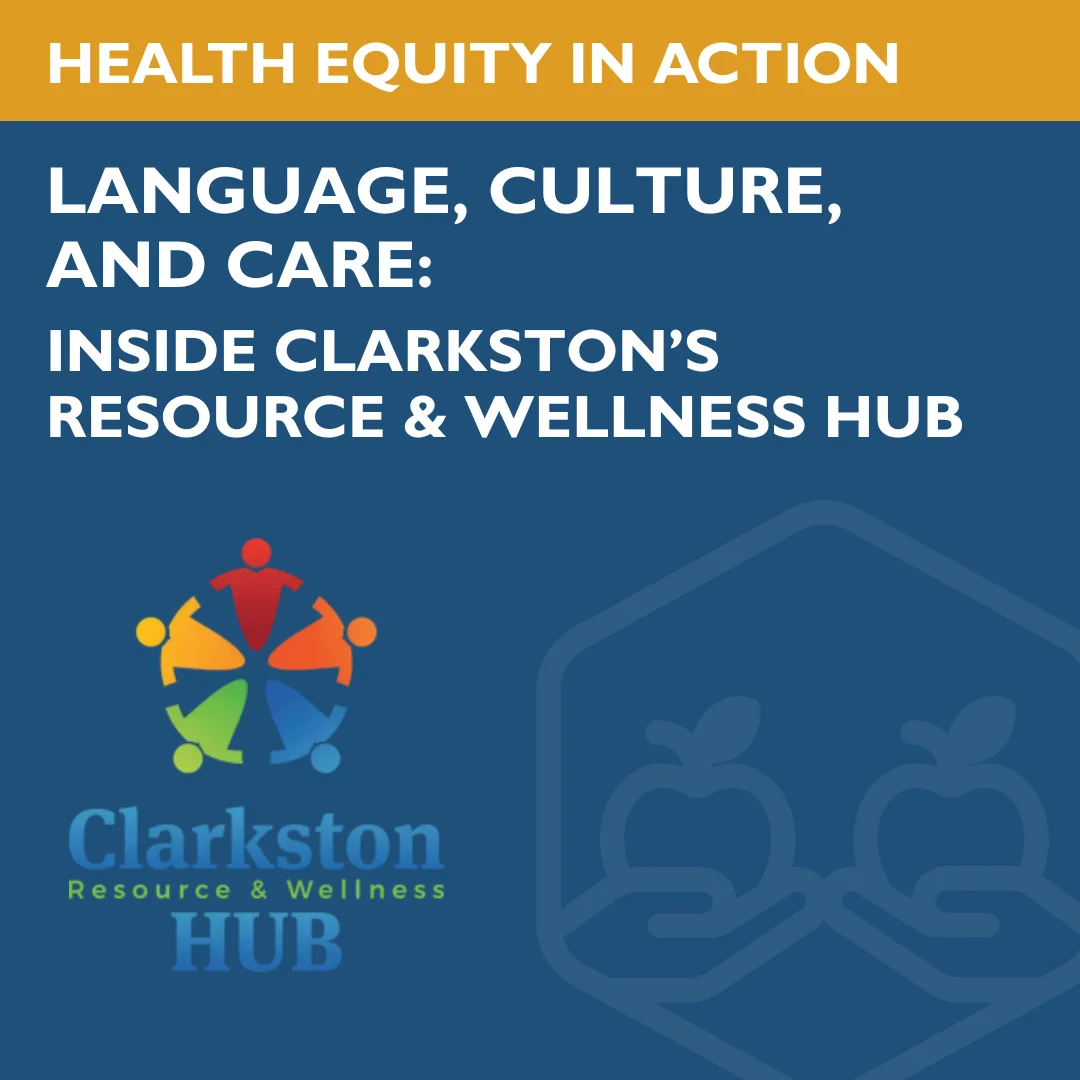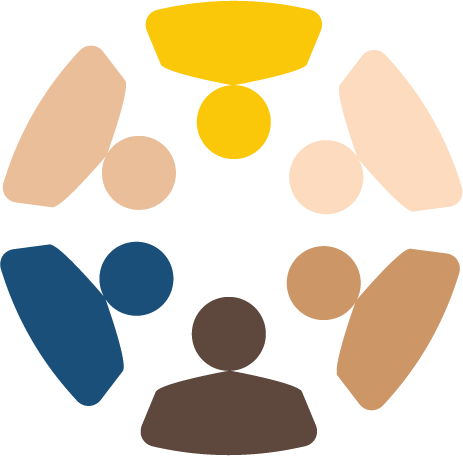
When the Clarkston Resource and Wellness Hub first opened, it was more than a location; it was a commitment. Launched through a partnership between CHMRC, Easterseals North Georgia, and the Clarkston Health Equity Coalition (CHEC), the hub was designed to respond to the needs of one of Georgia’s most diverse communities. Since then, under the leadership of Operations Manager, Suad Ali, it has grown into a trusted lifeline for families navigating systems that weren’t built with them in mind.
“It doesn’t always feel like work,” said Suad, who manages daily operations at the hub. “It feels like a calling.”

A Community-Driven Vision, Realized
The early coordination of partners, pilot programs, and support for health ambassadors helped lay the foundation for what has become a uniquely responsive model at the Clarkston Resource & Wellness Hub. Today, the Hub centers around a partnership with Grace Village Medical Clinic, which provides all on-site healthcare services free of charge. Because Georgia does not reimburse for community health worker services, ongoing operations—including the work of Grace Village Medical Clinic—are sustained through the fundraising efforts of Easter Seals North Georgia.
“We’ve created a diabetes pathway,” Suad explained. “We brought on two community health workers from the community. They speak the language, they’re well trusted, and they work directly with clients who have uncontrolled diabetes.” These workers offer interpretation, attend clinical appointments, make home visits, and even meet patients at hospitals like Grady to help them navigate care.
“They’re here when the patients get here for their appointments,” she added. “Their job is really to also do at least one home visit, just to get an idea of what food they’re eating, whether they’re taking their meds, and connect them to specialty care if needed.”

Mental Health, Maternal Care, and Cultural Sensitivity
Alongside the diabetes work, the hub is developing a maternal and child health pathway, centered on a tailored version of the SAFECARE curriculum. “We really want to emphasize the health and the safety,” Suad said. “We’re going to tailor the curriculum to better suit this community to make it a lot more simple and in-language.”
Mental health services have also been integrated, thanks to a partnership with the local community service board. The goal? Reduce drop-off in care by having a familiar face support families through the process. “We already have like a ton of clients that need that mental health support,” Suad shared. “And now we’re getting a new person who’s going to be here all the clinical days and all the days that we have events happening.”
“They Know We’ll Figure It Out”
From pediatric vaccines and dental screenings to WIC access and family planning, the hub has become a one-stop space for wraparound care. And when emergencies arise, Suad and her team step in without hesitation. She recalled a newborn who hadn’t eaten in over 24 hours. “The mom was more afraid of calling an ambulance,” Suad said. “We had to get them a Lyft code and connect them to care right away.”
Another case involved a recently arrived Afghan mother with four children, a brain tumor, and no insurance. “We made calls, connected her to our partners at Grady, and stayed with her through the process,” Suad said. “It’s just the communication and the sense of community…we all came together to help this family.”
It’s that kind of coordination; linking health, housing, interpretation, and trust, that CHEC set out to support in the community.

Trusted Faces, Local Languages
The hub now serves families from across the Burmese, Rohingya, Congolese, Afghan, and Middle Eastern communities. “For the Rohingya population, there’s no written dialect, they are 100% illiterate until they come to this country,” Suad explained. “We’ve been noticing quite a few kids with special needs, but families just don’t know about it. There’s stigma, mistrust, and fear.”
The team’s strategy: hire CHWs who reflect the community. A Burmese CHW, an Arabic speaker, a Pashto/Dari-speaking Afghan CHW, and soon, a Swahili speaker for maternal health. “I think that was essential for us,” Suad said. “We want to make sure, when we have events or things going on, that we have interpretation support on hand.”
What’s Next for the Hub
Looking ahead, the hub is focused on expanding its maternal health services, deepening pediatric care, and exploring new ways to support community self-sufficiency.
“Employment is a huge focus of mine,” Suad said. “We have so many families facing eviction, and they’re in desperate need of a job. We also want to bring in ESL and financial literacy classes, that’s all part of helping people be more self-sufficient.”
Still, funding remains a challenge. “We’re doing everything with pen and paper,” Suad admitted. “We have limited funding, through Easterseals and we just received a small funding for our maternal and child health pathway.”

A Model for Community Resilience
For CHMRC, the Clarkston Resource and Wellness Hub remains a shining example of what happens when systems step back and community steps in. Suad’s work, supported by partners across sectors, reflects the core of CHMRC’s mission: to uplift local solutions, invest in grassroots leadership, and connect organizations that make health real at the neighborhood level.
“People really are seeing the work that we’re doing,” Suad said. “They call because they know we’ll figure it out. That trust, that’s what I’m most proud of.”
For more information about the Clarkston Resource & Wellness Hub, please visit: https://www.clarkstonhub.org/
If your organization is feeling the pressure of shifting priorities, you don’t have to navigate it alone. CHMRC is here to convene, support, and connect you with the tools, partners, and strategies that keep local efforts strong.
Let’s work together to strengthen what matters most: your community. Reach out to us here anytime. We’d love to meet you.
Connect with us today!

 CHMRC Community Network
CHMRC Community Network